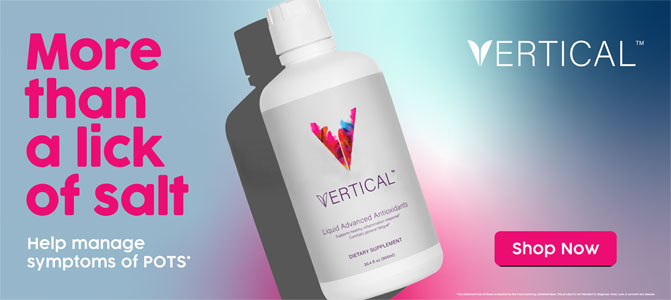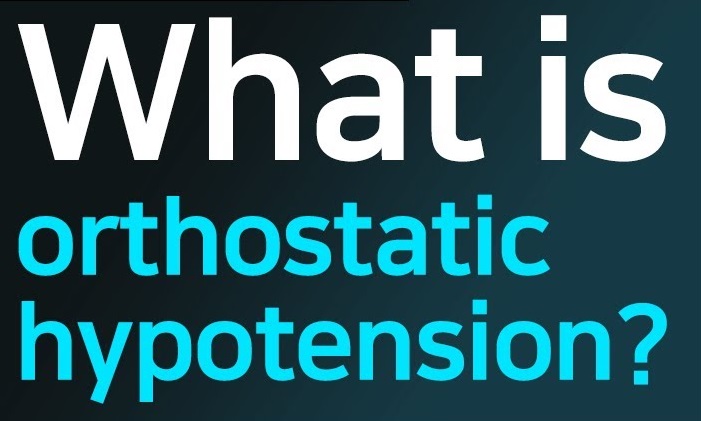Click here to download this post
by Nicholas DePace MD, FACC and Michael Edward Goldis DO, FACOI, MS, BS in Pharm
When venous pooling occurs, the cardiovascular system attempts to maintain cardiac output with activation of the sympathetic nervous system, the so called accelerator of the body.
Adrenalin is released in above normal amounts and that causes the heart to beat faster or compensatory tachycardia. In addition, increased vascular tone occurs with alpha agonist activity.
This maintains blood pressure while there is decreased preload from venous pooling and maintains cardiac output by increasing heart rate with a reduced stroke volume.
This explains how cerebral circulation and thus consciousness is maintained in compensated states like orthostatic hypotension and POTS.
The increased heart rate increased the output of the heart (the cardiac output) while the actual volume the heart puts out each stroke (the stroke volume) falls because of venous pooling.
The heart rate may increase 30, 40 or more above baseline. Therefore, POTS is known as a compensated neuro-cardiovascular dysfunction. One could argue that this is not a well-compensation as the patient has significant symptoms still resulting in orthostatic intolerance.
In contrast, Orthostatic hypotension is thought of as an uncompensated neuro-cardiovascular dysfunction. Here, the patient can become dizzy and lightheaded because the blood pressure is not maintained when there is venous pooling.
Because the heart rate generally does not increase significantly for compensation, the patient’s blood pressure drops and may even have overt syncope.
Patients with orthostatic hypotension often do not have an adequate rise in heart rate because of sympathetic nervous system decompensation.
A person can have a 30 or 40 point rise in heart rate, meeting the criteria for POTS, and in another moment, when the neuro-cardiovascular system is not compensated, they can have a blood pressure drop resulting in orthostatic hypotension.
So, while it is rare, both POTS and orthostatic hypotension can coexist. Generally, if someone demonstrates orthostatic hypotension, they rarely have POTS and vice versa.
Vasovagal syncope is a sort of form of orthostatic hypotension which is delayed.
This is whether is an increasing vagal tone that prevents blood vessels from adequate constriction and prevents the heart rate from adequately increasing.
This is an extremely delayed form of orthostatic hypotension which sometimes can be reproduced on Tilt Testing.
POTS oftentimes is due to several mechanisms. There can be hypovolemic, hyperadrenergic, and neuropathic POTS. Mast cell activation is a potential mechanism as well as certain enzyme deficiencies.
When the sympathetic nervous system is extremely overactive the blood pressure may even elevate with a rise in heart rate, which is hyperadrenergic POTS.
Regardless of the mechanism of POTS, the treatment is basically similar. But, for hypovolemic POTS a volume expander makes clinical sense and for hyperadrenergic POTS, a beta blocker makes sense.
Neuropathic POTS occurs when there are diseased small fibers, which can happen with diabetes, rheumatoid arthritis, lupus, and Sjogren’s syndrome and usually has some degree of autoimmunity, but may not necessarily occur in small fiber neuropathy.
While small fiber biopsy is the gold standard to diagnose this form of POTS, we have used psuedomotor testing as an alternative.
The end result, whether the dysautonomia is due to sympathetic overdrive or parasympathetic dysfunction is poor perfusion to the brain, leading to dizziness, syncope, vision and hearing loss, tinnitus, and brain fog.
With Sympathetic overdrive, which is a major compensation mechanism, the patient has a racing heart, insomnia, excessive sweating, high anxiety, and exacerbation of brain fog from reduced cerebral blood flow from hyperventilation. This may also explain the palpitations a person feels with dysautonomia.







